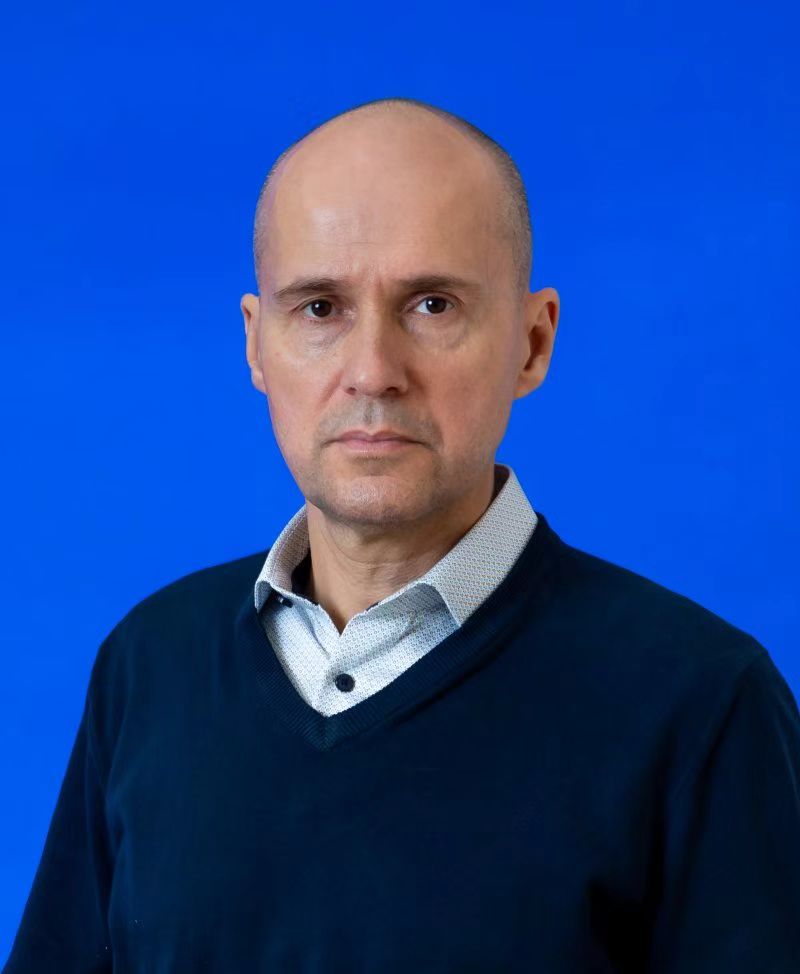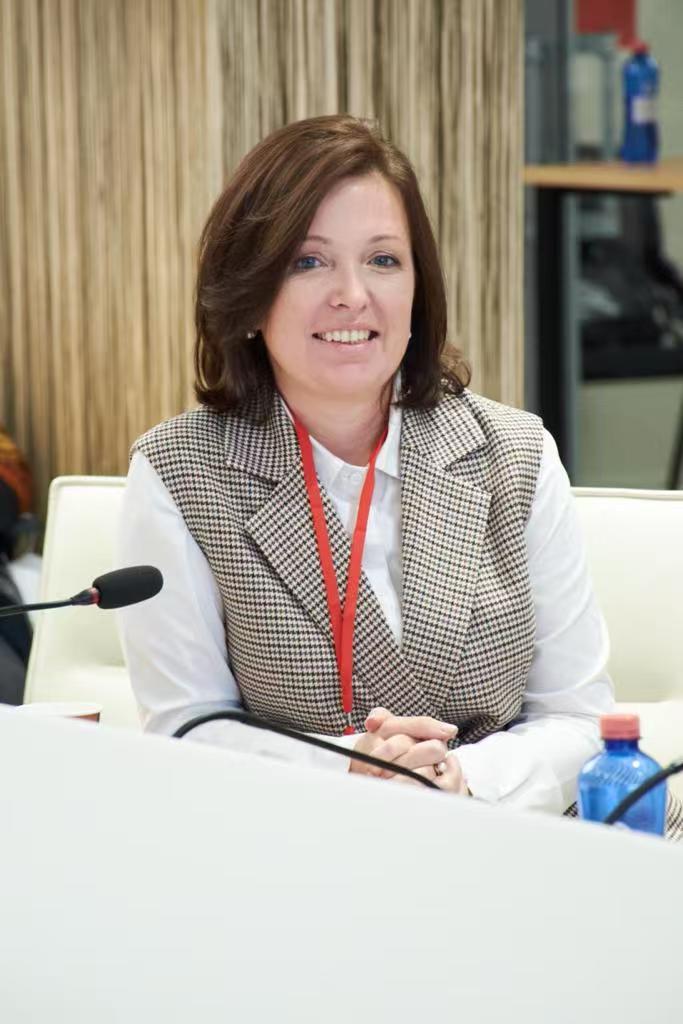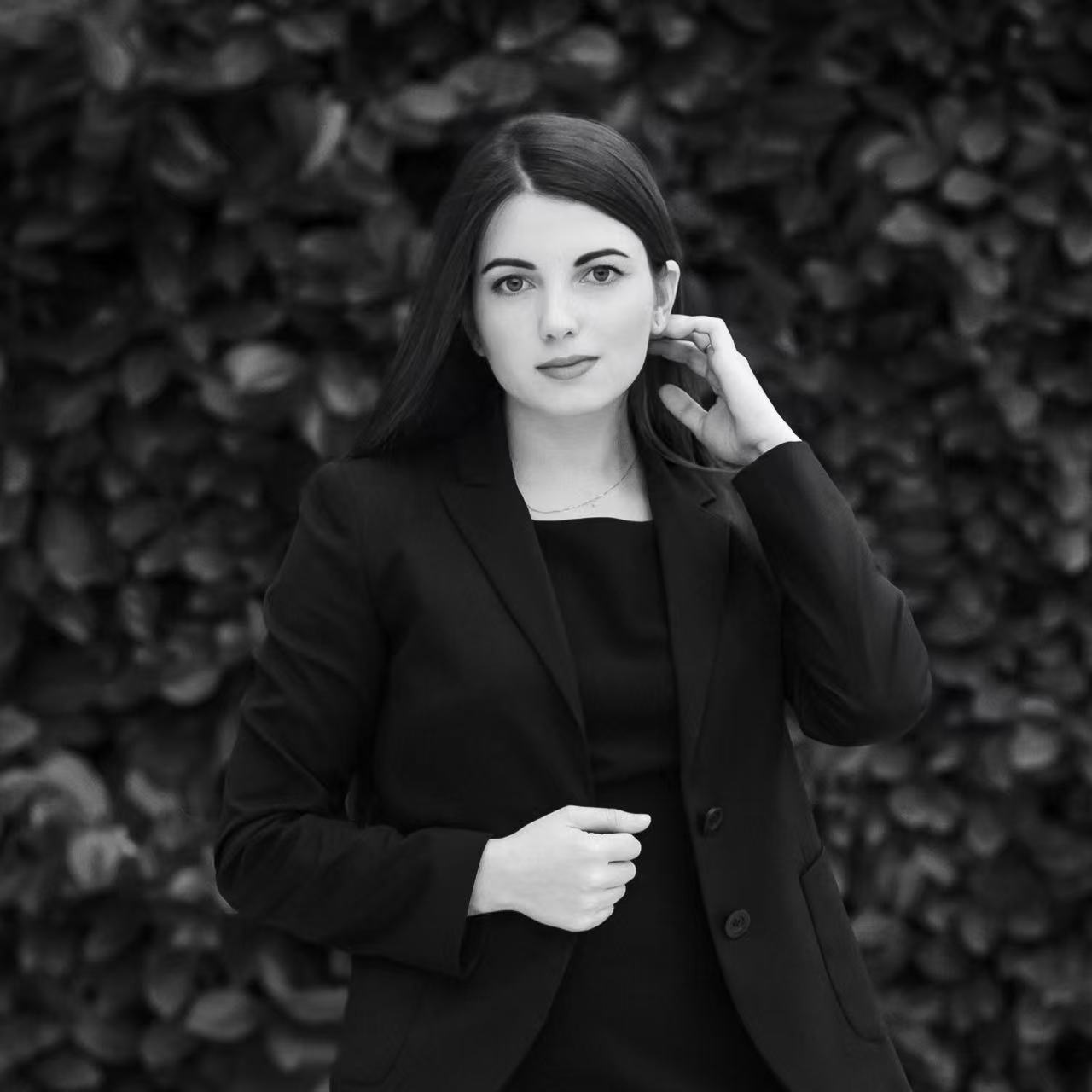
Speakers
Prof. Lei Chen Academy of Arts & Design,Tsinghua University, ChinaResearch Area: Research on Visual Design of National Image, Research on Brand and Packaging Design Introduction: The course he taught, "Fundamentals of Packaging Design", was recognized as a high-quality course by Tsinghua University. He also undertook the writing of related entries for packaging design in the "China Encyclopedia". In 2016, he was appointed as a keynote speaker for global packaging education training by the World Packaging Organization (WPO). He is the principal investigator of the fourth sub-project of the 2021 National Social Science Foundation of China's major project "Research on Exhibition Design for Major Themes of the Communist Party of China's Centenary" (Approval Number 21ZD24). In his academic research, he focuses on basing on the needs of national development and serving the national strategy, exploring the establishment of a systematic design methodology for serving national image construction through practice, enabling students to appreciate the close relationship between their major and the needs of national development, and truly embodying the "three-in-one" educational philosophy. His works have won awards such as the 2005 "World Star" Design Award, the "2012 China Original Packaging Design Award", the Silver Award and Bronze Award of "Packaging Star" in China; he has been selected for important exhibitions such as the Warsaw International Poster Biennale in Poland and the China-Germany Design Biennale; his works have been collected by the Klingenpor Art Museum in Auenbach, Germany. |  |
 | Prof. Hongwei WangAcademy of Arts & Design,Tsinghua University, ChinaIntroduction: Wang Hong graduated from the School of Fine Arts of Tsinghua University in 1989. Currently, she is a tenured professor in the Visual Communication Design Department of Tsinghua University, holding both master's and doctoral degrees. She is also the director of the Cultural Creativity Design Committee of the Chinese National Folk Artistic Association. Personal honors: The China Packaging Association awarded her the titles of "One Hundred Outstanding Young Design Talents", "Outstanding Contribution Award for Chinese Design", and "Excellence Contribution Award for Chinese Design in 40 Years". She was also nominated for the "Beijing Creative - Design Annual Young Person of Beijing" award by the Beijing Municipal Committee of the Communist Party of China, the Communist Youth League of Beijing, and the Youth Federation of Beijing. She has also received numerous awards for outstanding instructors in various competitions. |
Prof. Cunzhen LinCentral Academy of Fine Arts, ChinaIntroduction: Dr. Lin Cunzhen, professor, the designer of the emblem "Winter Dream" and "Leap" for the 2022 Beijing Winter Olympics and Winter Paralympics, as well as the series of products "Rabbit 墩墩" and "Dragon 墩墩", and the director of the "A Ton" image design. In April 2022, he was honored as a person with outstanding contributions to the Beijing Winter Olympics and Winter Paralympics. Currently, he is the vice dean of the School of Design at Central Academy of Fine Arts. He is also the deputy director of the Fourth Graphic Design Art Committee of the Chinese Artists Association. . | 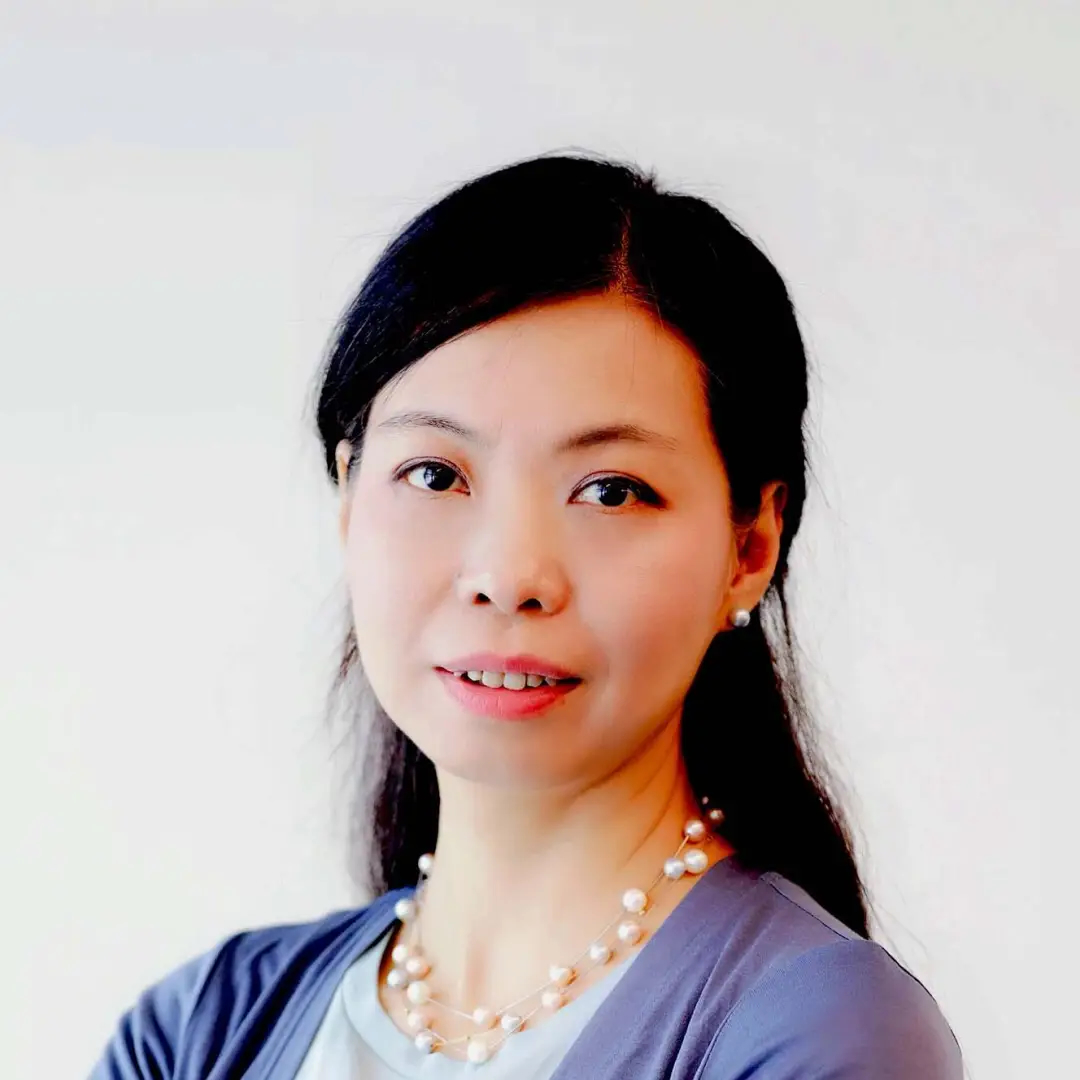 |
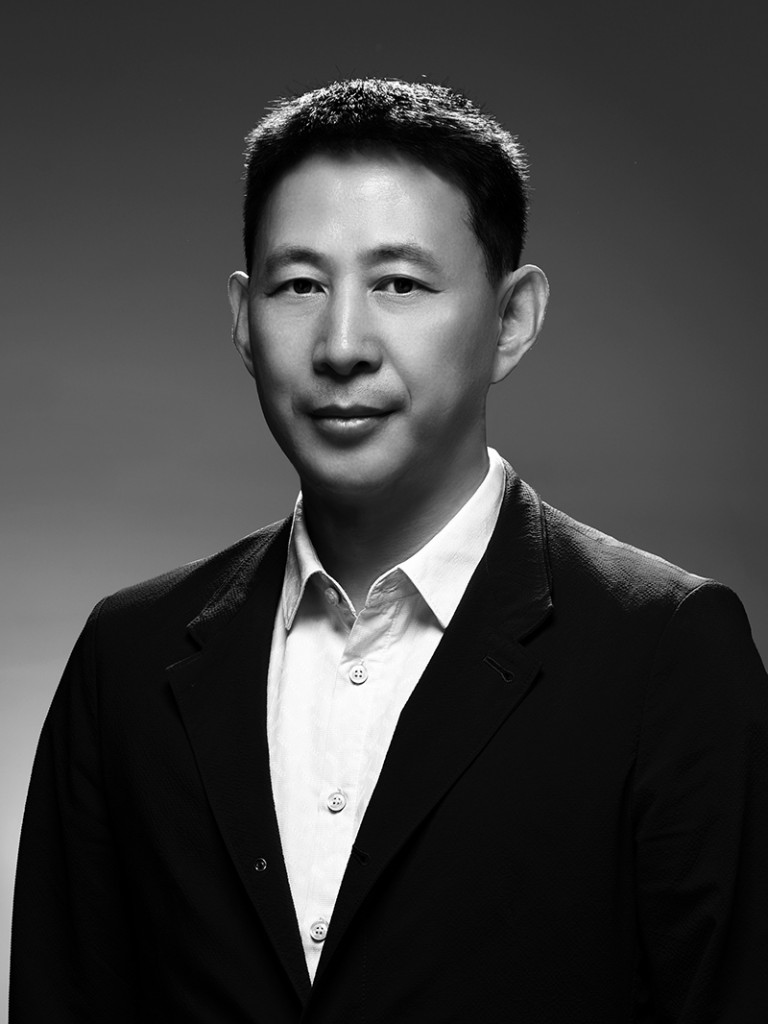 | Prof. Hao ZhangXi’an Academy of Fine Arts,ChinaIntroduction: Zhang Hao, a professor of the second level and a doctoral supervisor, is a teaching master of Shaanxi Province. Currently, he is a member of the Party Committee and the vice president of Xi'an Academy of Fine Arts. He is a member of the Design Education Professional Committee of the China Higher Education Association; the Deputy Director of the Design Committee of the China Packaging Association; the Deputy Director of the Creative Design Committee of the Chinese Ethnic and Folk Artistic Artists Association; a member of the Art Education Committee of the Shaanxi Provincial Education Department; the Deputy Secretary-General and Secretary of the Design Art Professional Committee of the Shaanxi Artists Association; a specially appointed expert of the 14th National Games and the Paralympic Games Organizing Committee of the People's Republic of China; the main designer of the emblem and mascot of the 14th National Games. He is the overall designer and the team leader of the visual image of the 14th National Games; the person in charge of the Visual Communication Design major and the Product Design major among the first batch of national first-class majors of Xi'an Academy of Fine Arts. |
Prof. Chao YangCommunication University of Zhejiang, ChinaResearch Area: Visual communication, the contemporary transformation of Chinese elements, and international design expression Introduction: Yang Chao, a professor at Zhejiang University of Media and Communications and a national young talent in the field of science and technology, was also a nominee for the China Design Industry's Top Ten Outstanding Young Professionals Award. He received the German DAAD Artist Scholarship and studied at the Braunschweig School of Art in Germany. He was a visiting researcher at the Aalto University in Finland and obtained a Doctor of Visual Communication degree from the University of Macau. His design works have won numerous international design awards, including multiple times winning the German Red Dot Award - Supreme Award, as well as the German iF Award, the USA IDA International Design Award Gold Prize, the Italian A Design Award Gold Prize, and the China Advertising Great Wall Award and other renowned domestic and international design awards. He has served as a judge for various domestic and international competitions, such as the Poster for Tomorrow International Poster Competition in France, the Auschwitz Political Poster Exhibition in Poland, the Golden Beetle Award in Russia, the China Elements International Creativity Competition, the National Social Science Art Project Review, and the National Social Science Fund Art Project Outcome Evaluation, etc. He has also led research projects funded by the National Social Science Fund and the National Art Fund. | 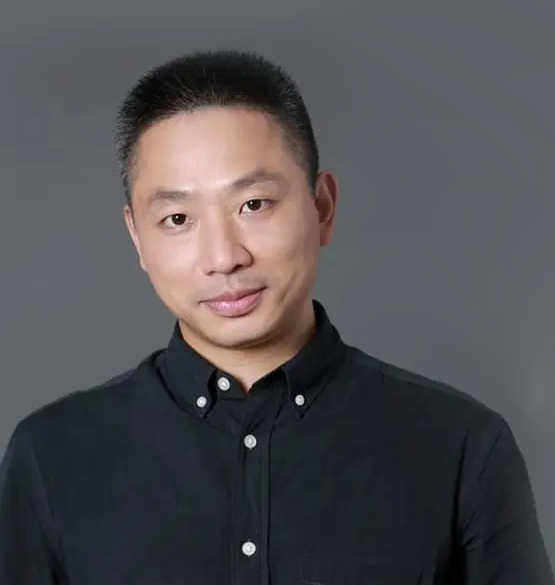 |
| Prof. Jihoon JangGyeonggi University, South KoreaResearch Area: Calligraphy, Oriental Aesthetics Introduction: Jihoon Jang, born in 1974. Professor and doctoral supervisor at Gyeonggi University in South Korea, director of the Institute of East Asian Studies, and head of the Calligraphy Department. His research focuses on calligraphy and Eastern aesthetics. Graduated from the School of Fine Arts at Qiming University from 1993 to 2000 with a Bachelor's degree in Fine Arts. Graduated from the School of Confucianism at Sungkyunkwan University from 2000 to 2002 with a Master's degree in Literature. Graduated from the School of Confucianism at Sungkyunkwan University from 2003 to 2007 with a PhD in Confucian philosophy and ritual music. Currently serving as the head of the Calligraphy Department at the School of Arts, Gyeonggi University, the head of the International Art Department at the Graduate School, a distinguished professor at Shandong Academy of Arts in China, the president of the Korean Calligraphy Society, and a special committee member for cultural heritage at the National Heritage Agency. Hosted 16 national level projects such as the Ministry of Education and the Ministry of Culture, Sports and Tourism in South Korea, published over 60 core research papers on South Korea, authored 5 monographs, and held 5 calligraphy solo exhibitions in Insadong, Seoul. |
Prof. Tkach Dmitry GennadievichRussian State University, RussiaResearch Area: Modern decorative art Introduction: Academician of the National Design Institute, academician of the Image Academy, Russian meritorious Artist, as well as an important member of international art organizations such as the Russian Artists' Association, the International Art Foundation, and the European Public Relations Education and Research Association (EUPRERA). |
|
| Prof. Kovaleva Olga VladimirovnaRussian State University, RussiaResearch Area: Focus on the research of clothing and fashion art Introduction: Dean of the Faculty of Arts at Kosykin University, Russian State, Doctor of Fine Arts (Доктор наук - the highest academic degree in Russia, higher than a Phd), Professor of the Department of Fashion and Fashion Arts, and doctoral supervisor. |
Dr. Cristina DubceacPantheon Institute, Italy Research Area: Professor of artificial intelligence and freelance graphic designer in the luxury sector Introduction: I built a luxury brand team, leading them in leveraging AI to revolutionize the creative process. My mission is to merge artificial intelligence with creativity, delivering captivating, authentic, and visually striking projects |
|
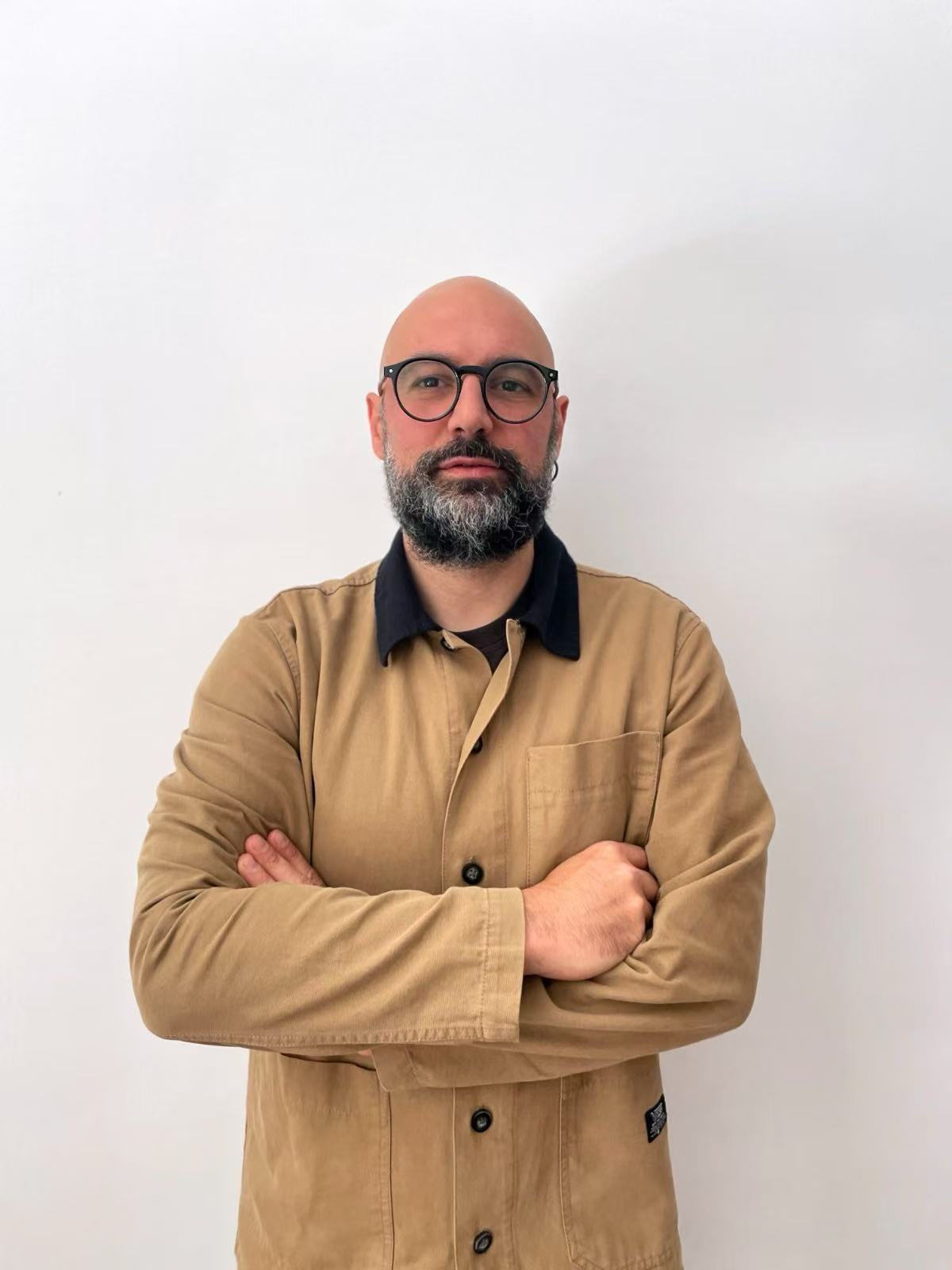 | Dr. Luca BastianelliPantheon Institute, Italy Research Area: Always attentive to the digital transformations in visual communication Introduction: 20 years of design experience,company CMO. |
Dr. Cristina DubceacHungarian Natural History Museum, Hungary Research Area: Connection between China and the Western world, cultural diplomacy, internationalisation of education, maritime Silk Road, cultural and creative industry Introduction: sinologist, archaeologist, and manager,served as counsellor at the Embassy of Hungary in China alongside the director of the Hungarian Cultural Institute in Beijing for ten consecutive years. | 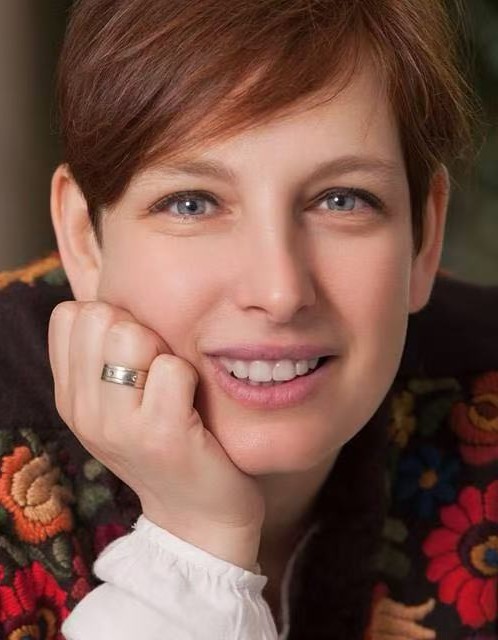 |
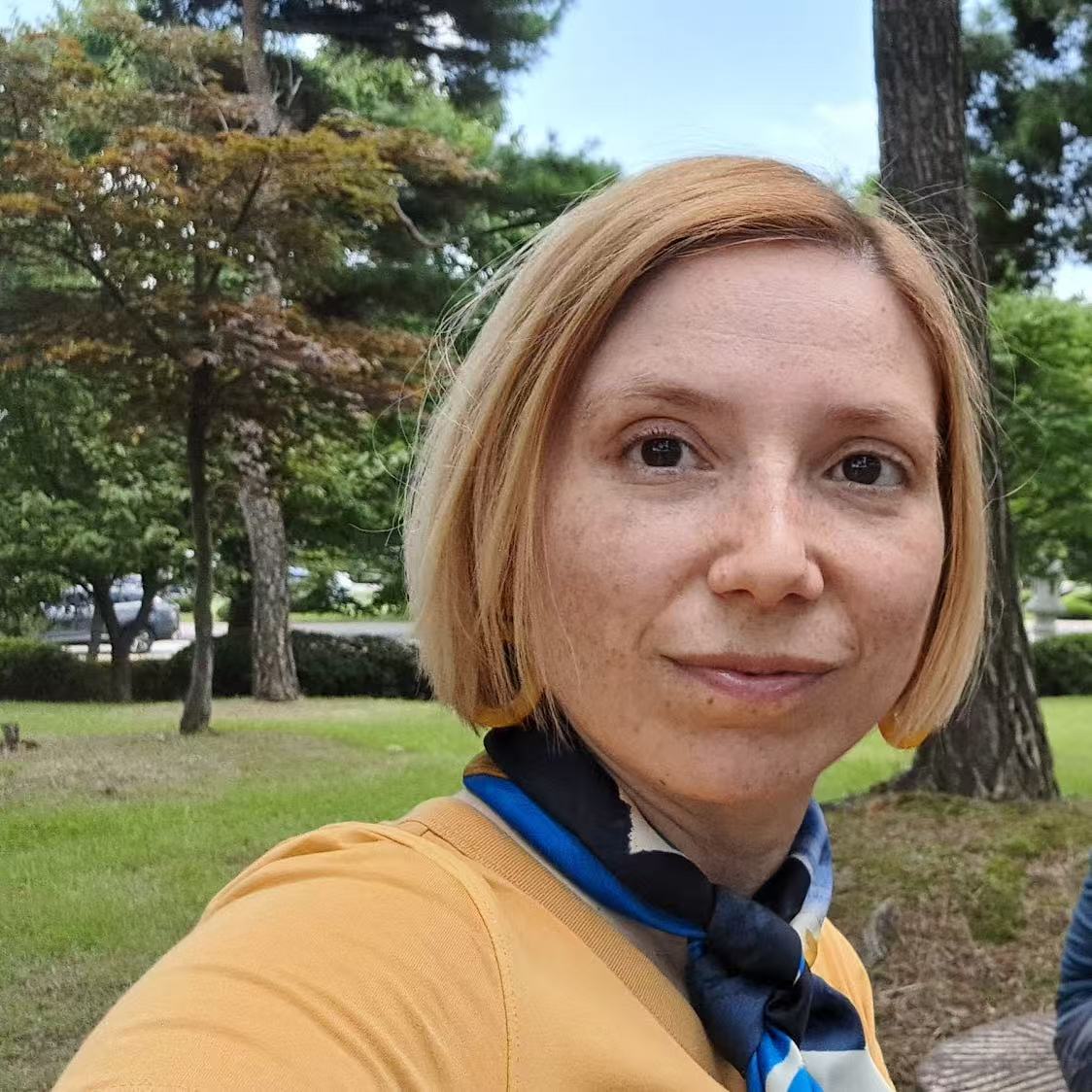 | Researcher Ana Matilde SousaArtistic Studies Research Center, Portugal Research Area: History, science and technology, the Anthropocene, and practice-based methodologies in the visual arts. Introduction: Since 2012, she has been creating artist comics under the pseudonym Hetamoé. Her work has been showcased by independent comic publishers and art venues both in Portugal and internationally. |

